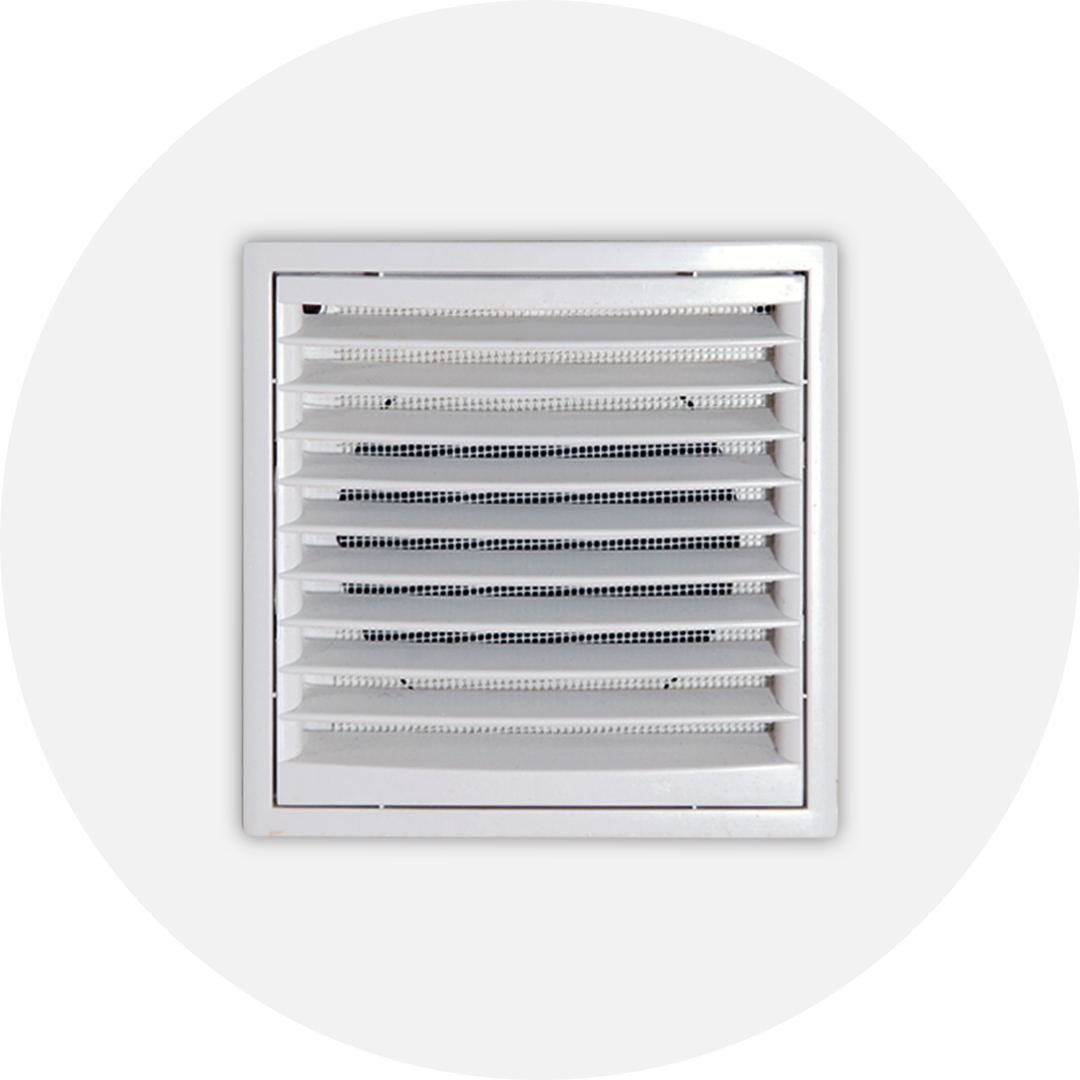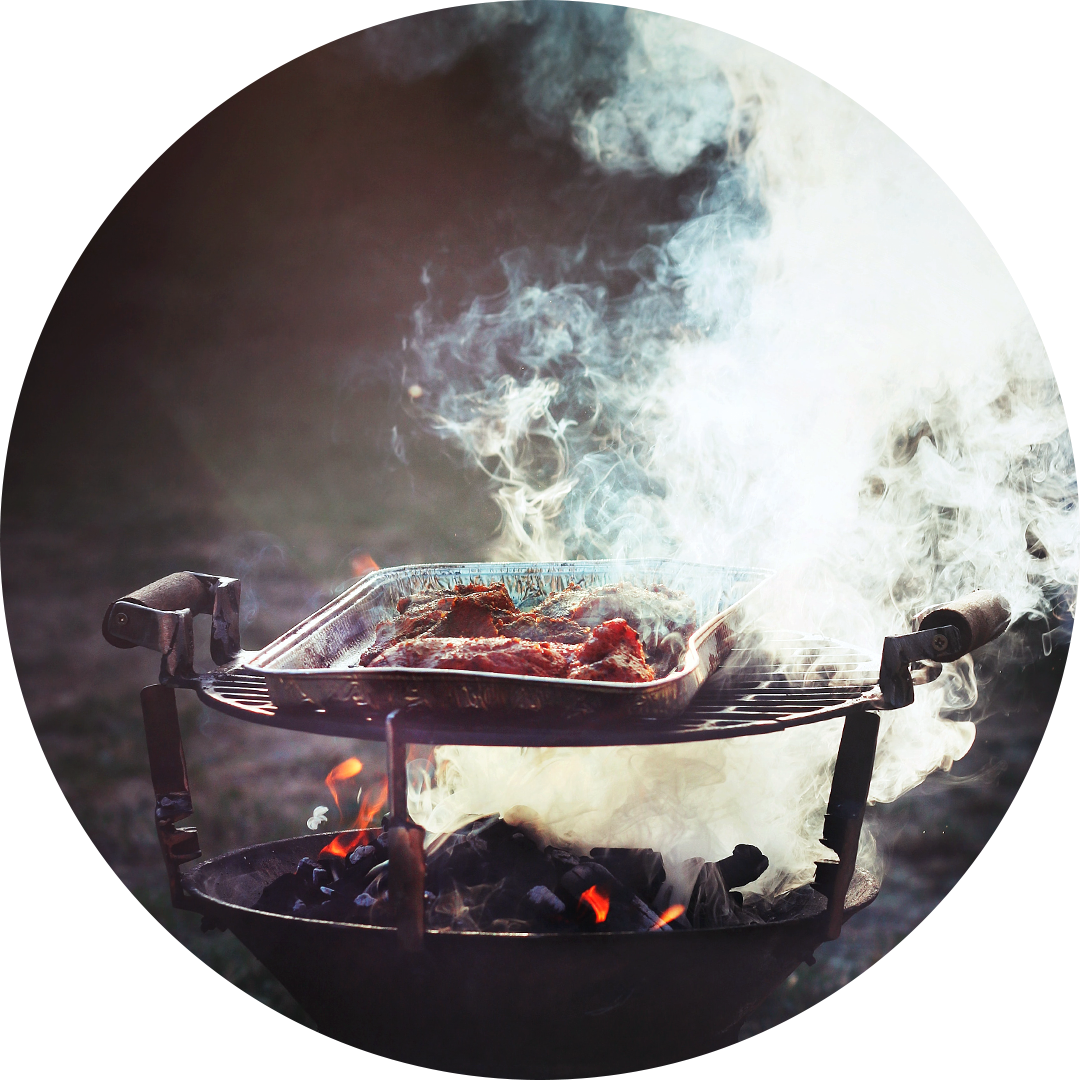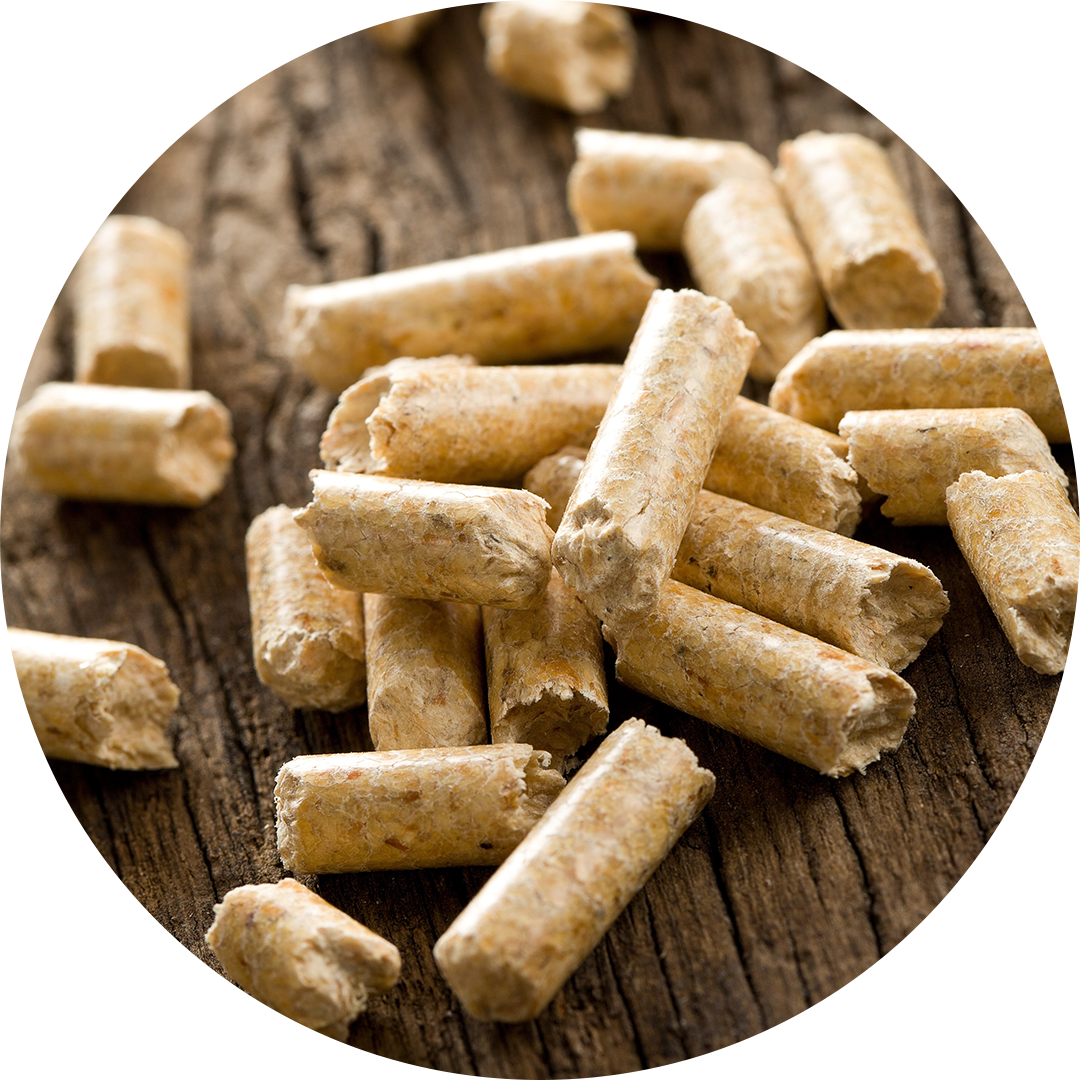Causes
What causes carbon monoxide?
Carbon monoxide poisoning kills, on average, 6 people in Ireland every year. Discover the key causes.
When carbon monoxide is inhaled into the body, it prevents blood from absorbing oxygen.
Carbon monoxide can be released by any fuel when it is burned, including coal, turf, oil, gas and wood.
It doesn't just occur at home, it can be produced anywhere that fuel is being burned, including:
- homes
- mobile homes
- caravans
- tents
- boats
- workplaces

Fuel-burning appliances
A badly-installed, faulty, damaged or blocked appliance, chimney or flue can release carbon monoxide. Appliances at risk include:
- Open fireplaces (burning coal, turf, wood or briquettes)
- Gas or LPG boilers, heaters, fires, cookers etc.
- Oil-fired boilers
- Solid fuel stoves

No ventilation
Blocked or insufficient ventilation in rooms where a fuel burning appliance is in use can cause carbon monoxide.
Using appliances incorrectly
Incorrect use of appliances includes:
- using a cooker to heat a room.
- using a gas grill with the door closed.
- bringing a barbecue indoors or under cover (e.g. inside a tent or under an awning).
- burning rubbish in an open fireplace or stove that could block the chimney.

Barbecues
Barbecues produce carbon monoxide when in use, but can also release carbon monoxide after they appear to have gone out.
Petrol or diesel-driven machinery
Any petrol or diesel powered equipment will produce carbon monoxide and should always be operated outside.
Never run a car, lawnmower, generator or other engine-powered piece of equipment in a confined, enclosed or poorly ventilated space.
Ensure exhaust fumes are not drawn in through open doors, windows or vents.

Wood/Biomass Pellets
Carbon monoxide can also be produced by the natural oxidation of wood and biomass pellets such as those used for wood pellet heating systems, even without burning.